1.Early training: Start training your dog to wait by the door as early as possible. Don’t let the dog rush out as soon as the door is opened, this is to avoid dangerous situations. While it’s not necessary to do this every time you walk through the door, starting early is a good way to build good habits.
2.Use shorter leashes and tactical dog collars: Attach a shorter leash to the dog, within 100 cm in length. This way you can guide it to change direction within a short distance and help it stop by the door.
3.Guidance and password: lead the dog to the door, and say “wait a minute” when stepping through the door. If the dog doesn’t stop, hold it on a leash and try again until the dog stops. Once he understands what it means to wait by the door, be sure to praise and reward him.
Below we will explain in detail the specific steps of this dog training method
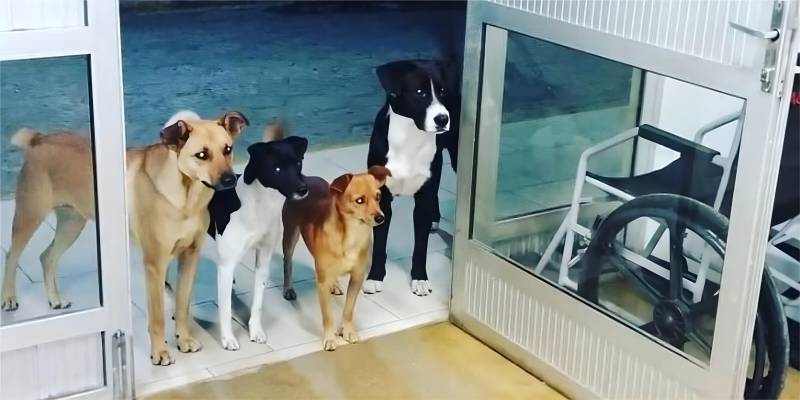
1.Let the dog wait by the door to start training as early as possible. You can’t let the dog rush out as soon as the door is opened, it’s dangerous. It is not necessary to train like this every time you pass through a door, but this training must start as soon as possible.
2.Tie the dog a shorter leash and a tactical dog collar with a length of less than 100 cm, so that you can guide it to change direction in a short distance.
3.Lead the dog to the door and say “wait” before stepping through the door. If the dog doesn’t stop but follows you to the door, hold it with a dog leash and try again , until the dog stops.
4.When it finally understands that you want it to wait in the door instead of following you, be sure to praise and reward it

5.Train it to sit by the door. If the door is closed, you have to teach it to sit when you hold the doorknob. Even if you open the door, sit and wait until you let it out. For the safety of the dog, be sure to wear a leash and a tactical dog collar at the beginning of training.
6.In addition to waiting for this password, you also need to call it a password to enter the door. For example, “Go in” or “Okay” and so on. As long as you say the password, the dog can go through the door.
7.When it learns to wait, you have to add a little difficulty to it. For example, let it stand in front of the door, and you turn around and do other things, such as picking up the package, taking out the trash, and so on. You must not only let it learn to listen to the password to find you, but also let it learn to wait for you.
(It is recommended to wear a tactical dog harness for your dog, it will look very cool)
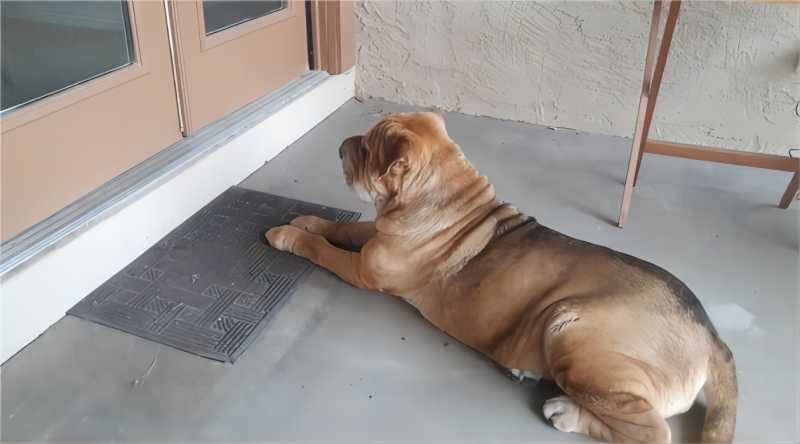
Core Points and Principles
1.Patience and persistence: Training a dog to wait by the door is a gradual process that requires patience and persistence. Each dog’s learning progress is different, so we need to adjust the training plan according to the individual differences of the dog.
2.Gradually increase the difficulty: Once the dog can wait by the door and follow the password to enter the door, we should gradually increase the difficulty of training. Let it stand in front of the door and wait for your return, which can cultivate its better waiting ability.
3.Positive incentives: In the training process, we need to use positive incentives, such as praise and rewards, to encourage dogs to behave correctly. This will help it create positive training associations.
4.Safety priority: For the safety of the dog, a leash and a tactical dog collar should be attached at the beginning of the training to prevent it from rushing out of the door suddenly. As the dog gradually masters, we can gradually remove the leash, but ensure the safety of the training environment.
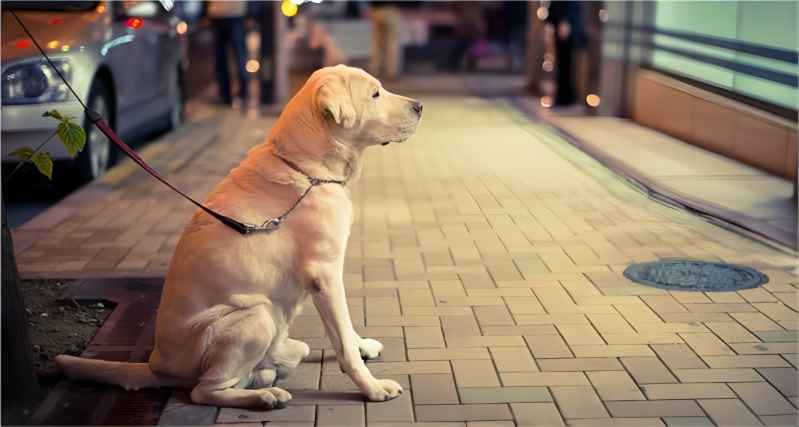
In addition to the core points and principles above, here are some additional suggestions and tips that can help your training run more smoothly and effectively:
1.Training time and frequency: Short and frequent training is more effective than long training. Doing short sessions of training several times a day, such as 5 to 10 minutes, can help your dog focus and reduce fatigue and distraction.
2.Gradually extend the waiting time: After the dog has mastered the basic skills of waiting by the door, gradually extend the waiting time. Start with a few seconds and gradually increase to a few minutes. This allows the dog to get used to the longer wait and strengthens his patience and self-control.
3.Use different doors: During the training process, you can try to practice near different doors. Let dogs obey passwords in different environments and scenarios, increasing their flexibility and adaptability.
4.Avoid punishment: During training, avoid using punishment, especially corporal punishment. Punishment can create restlessness and fear in your dog, making training counterproductive. Use positive motivation methods to let dogs feel the joy and rewards of success.

5.Be consistent: All family members should be consistent in their training, using the same commands and postures. This can avoid dog confusion and speed up training progress.
6.Correct mistakes in time: If the dog makes mistakes in the training process, correct them in time. Don’t wait until training is over to correct, or your dog may become confused about the misbehavior.
7.Establish trust with dogs: Establishing trust with dogs is the basis for successful training. Through active interaction and caring, the dog can feel the love and care of the owner, and establish a strong trusting relationship.
Overall, training a dog to wait by the door is a task that requires patience and persistence. Every dog’s learning process is different, so owners need to adjust the training plan according to the dog’s personality and progress. Through positive motivation and positive training methods, we can develop well-behaved dogs and create a harmonious home environment for the safety of the dog and the convenience of the owner.
In the end, developing obedience and following commands in your dog is a process of building a deep bond with your dog. Through training, the interaction and trust between us and our dogs will continue to increase, making our dogs our most loyal and reliable companions. Throughout the training process, we must maintain patience and determination, guide and educate the dog with love and care, and believe that the hard work will be rewarded. On the way of growing up with dogs, we will gain more joy and happiness. May each of our families have a well-behaved dog who knows how to wait and spend a good time together.
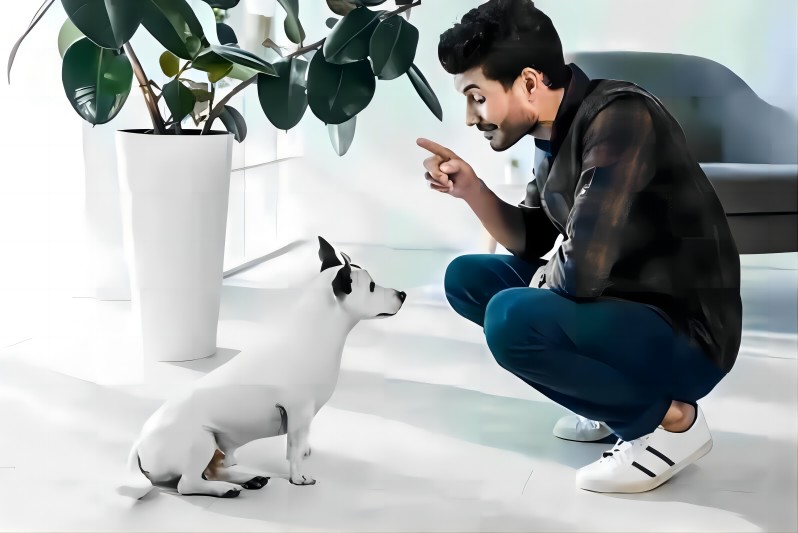
Related questions and answers about training your dog to wait by the door
Q1: How to train the dog to avoid rushing out when waiting by the door?
A: You can use the leash to control the movement of the dog, and gradually extend the waiting time to enhance its patience and ability to obey commands.
Q2: How should I reward my dog for waiting by the door?
A: Verbal praise, food rewards, or toy rewards can be used to affirm a dog’s good behavior. Timely positive rewards can reinforce a dog’s positive behavior.
Q3: Are there any tricks to make the training smoother?
A: Some additional tips include short and frequent training sessions, gradually increasing difficulty and environmental changes, maintaining consistency and building trust with your dog, etc. These techniques can increase the effectiveness and success of your training.
Q4: How to deal with the dog making mistakes during training?
A: If the dog makes a mistake, it should be corrected immediately and retrained. Timely corrections help your dog understand correct behavior and prevent bad habits from forming.
Q5: What methods should be avoided during training?
A: Punitive methods such as physical punishment or intimidation should be avoided in training. These methods can lead to fear and restlessness in dogs, which can negatively affect training. Instead, positive motivation and positive guidance should be used to encourage and reward your dog’s correct behavior.
Previous section: How to train a dog to “get down” or “lie down”?-Dog training(6)
Next section: How to train a dog to eat well?-Dog training(8)








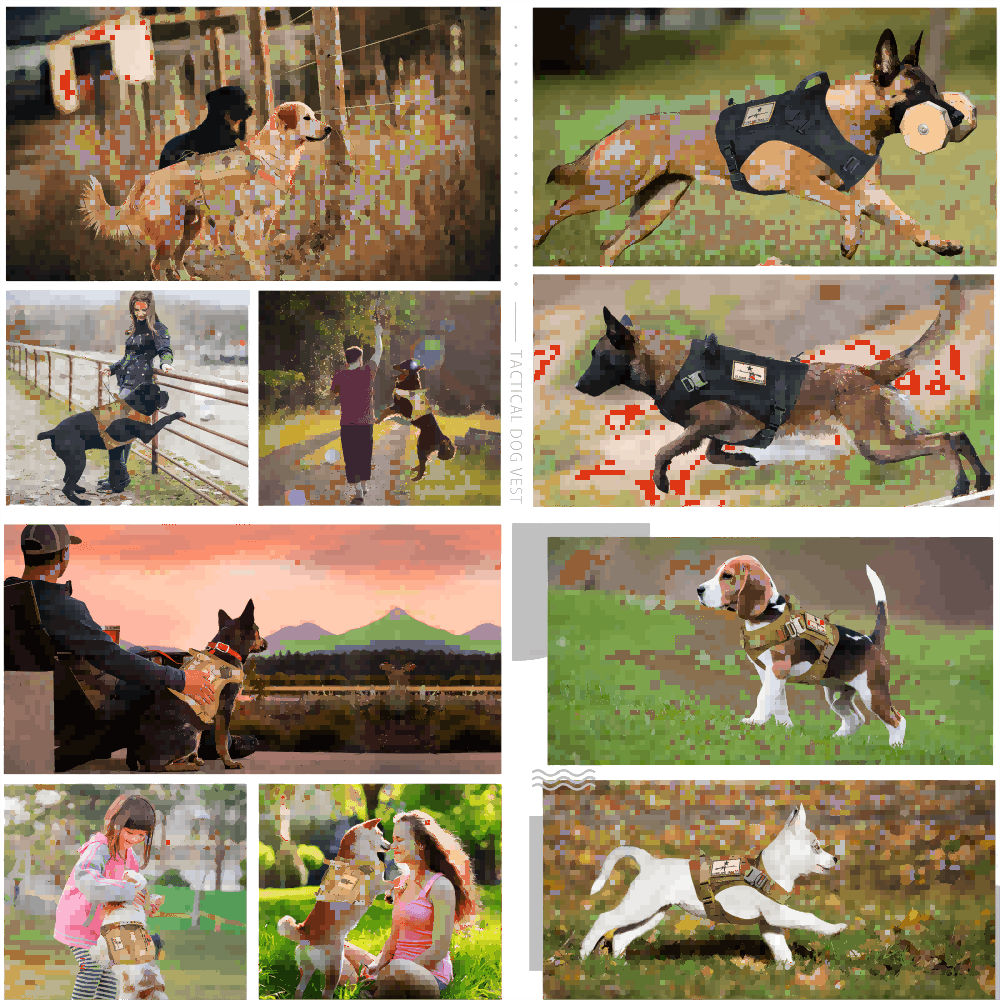
-1.png)







































